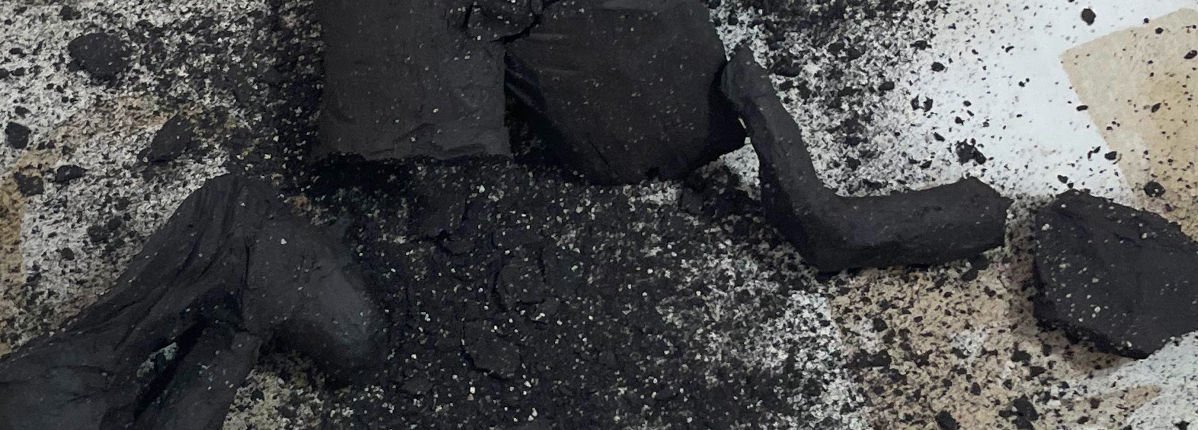The Significance of Clay Drying Duration Preceding Kiln Firing
Summary
Clay is a versatile and timeless medium that has been used for artistic and functional purposes for thousands of years. Whether you’re a professional potter or a hobbyist, the process of working with clay involves several crucial stages, one of which is the drying time before firing in the kiln. The way you handle this stage can significantly impact the success of your ceramics. In this blog, we will explore the importance of clay drying time, the various factors that affect it, and tips for achieving optimal results.
Key Points
The Importance of Clay Drying Time
Clay drying time is a crucial step in the ceramics-making process that can make or break your final piece. Properly drying your clayware before firing in the kiln is essential for several reasons:
- Preventing Cracking and Warping: If you rush the drying process, the clay can crack, warp, or even explode during firing due to the rapid release of moisture. Slow and controlled drying helps the clay to shrink uniformly, reducing the risk of deformities.
- Minimizing Moisture Content: Clay contains water, and during firing, this water needs to evaporate. Insufficient drying time can result in steam or moisture escaping too quickly, causing damage to the piece or even the kiln.
- Enhancing Strength and Durability: Properly dried clay becomes harder and more durable, making it better able to withstand the thermal shock and stress of the kiln’s firing process.
- Reducing the Risk of Efflorescence: Efflorescence is the appearance of powdery white deposits on the surface of ceramics, caused by soluble salts moving to the surface as water evaporates. Slower drying can help minimize this issue.
Factors Affecting Clay Drying Time
Several factors influence how long it takes for clay to dry before firing. It’s essential to consider these variables when planning your pottery projects:
- Clay Type: Different clay bodies, such as earthenware, stoneware, or porcelain, have varying drying times due to their composition and water content.
- Thickness: Thicker pieces of clay take longer to dry than thinner ones. It’s crucial to ensure uniform thickness throughout your project to promote even drying.
- Humidity and Temperature: The environmental conditions in your workspace, particularly humidity and temperature, have a significant impact on drying time. Dry and arid conditions speed up the process, while high humidity can slow it down.
- Airflow and Ventilation: Adequate ventilation and airflow around your pottery can accelerate drying. Properly arranged shelves and fans can help maintain an even drying rate.
- Surface Texture: Pieces with intricate textures, patterns, or underglazes may take longer to dry due to reduced surface area exposed to the air.
Tips for Achieving Optimal Clay Drying
To ensure successful clay drying before firing in the kiln, consider these helpful tips:
- Patience: Avoid rushing the drying process. It’s generally recommended to let your clay dry slowly and naturally to reduce the risk of defects.
- Covering: To prevent the outer layer of your piece from drying too quickly and cracking, consider covering it with plastic or damp cloths while allowing the inner layers to dry naturally.
- Check Moisture Levels: Regularly touch the clay to assess its moisture content. Clay should be uniformly dry, neither too wet nor bone-dry, before firing.
- Room Environment: Control the environment in your workspace by regulating temperature and humidity. Dehumidifiers and heaters can be used to maintain optimal conditions.
- Invest in a Drying Cabinet: A drying cabinet with controlled temperature and humidity settings can accelerate the drying process and ensure consistency.
Conclusion
Clay drying time is a crucial stage in the ceramics-making process that requires care, attention, and patience. By understanding the importance of proper drying, the factors that affect it, and implementing practical tips, you can increase your chances of producing beautifully crafted and durable ceramics. Remember, successful clay drying is the foundation for successful firing in the kiln, and the extra effort will undoubtedly be reflected in the quality of your final pieces.
Bone Dry Stage: At this stage, the clay is completely dry and ready for bisque firing. The time it takes for clay to become bone dry can vary significantly based on the factors mentioned earlier. It can range from several days to a few weeks for larger, thicker pieces.



 freepik
freepik